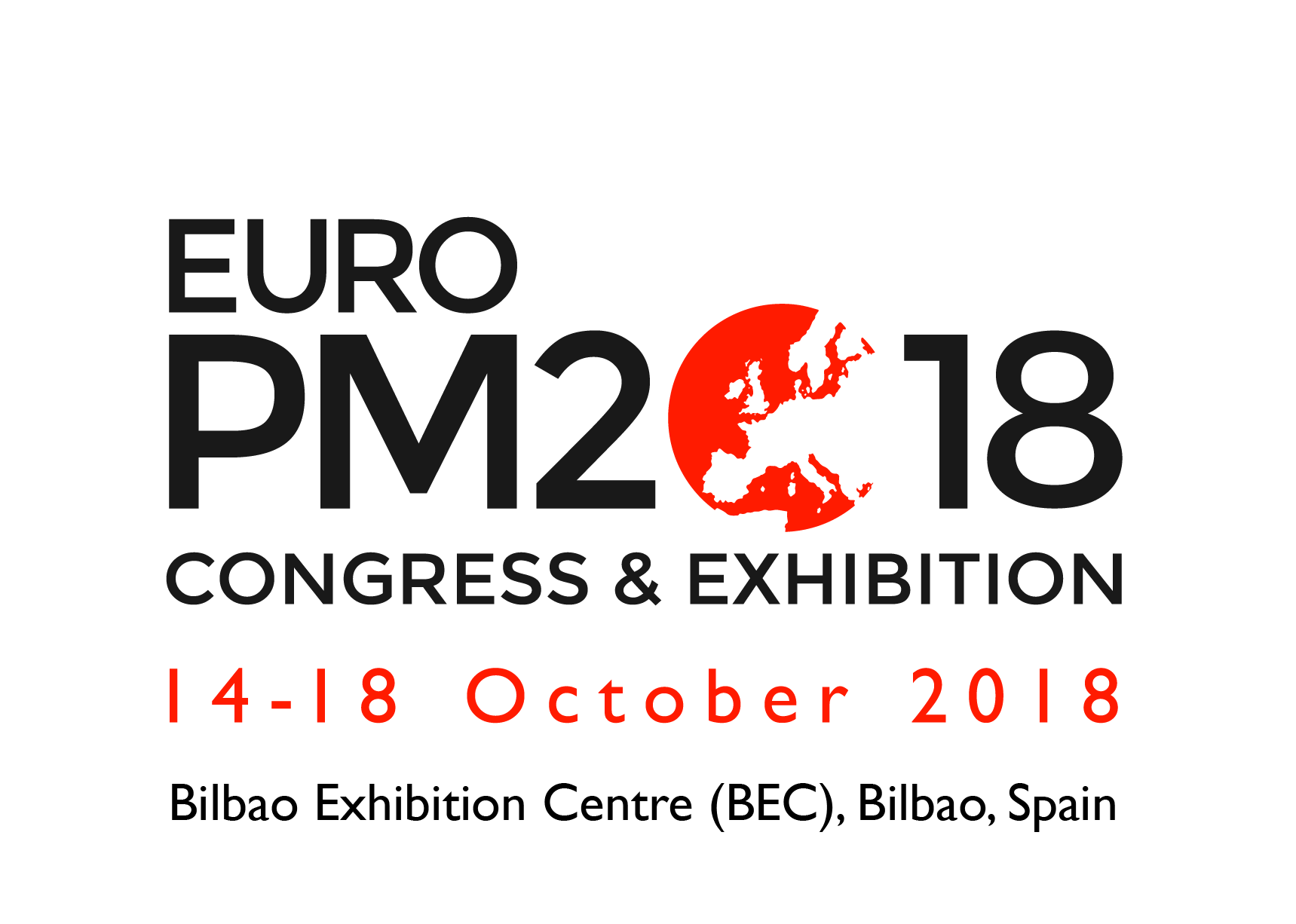Short Communication
Enhancing Visible Light Photocatalysis by N-doping
1Department of Environmental Sciences, Environment and Arid Land Agriculture, King Abdulaziz University, Jeddah, Saudi Arabia
2Center of Excellence in Environmental Studies (CEES), King Abdulaziz University, Jeddah
3Central Metallurgical R&D Institute, Helwan, Cairo, Egypt
- *Corresponding Author:
- Barakat MA
Department of Environmental Sciences
Faculty of Meteorology, Environment and Arid Land Agriculture
King Abdulaziz University, Jeddah, 21589, Saudi Arabia
Tel: 966544910070
E-mail: mabarakat@gmail.com
Received Date: September 22, 2015; Accepted Date: October 06, 2015; Published Date: October 13, 2015
Citation: Barakat MA (2015) Enhancing Visible Light Photocatalysis by N-doping. J Powder Metall Min 4:138.doi:10.4172/2168-9806.1000138
Copyright: © 2015 Barakat MA. This is an open-access article distributed under the terms of the Creative Commons Attribution License, which permits unrestricted use, distribution, and reproduction in any medium, provided the original author and source are credited.
Abstract
This article describes the role of N-doping with TiO2 nanoparticles in enhancing visible light photo catalysis. Anion doping with nitrogen ions plays an important role in enhancing effectiveness of TiO2 by introducing trapping sites. Thus, doped nanostructured TiO2-xNx films have been synthesized, characterized, and investigated as visible light photo catalysts for the degradation of pollutants in water. The synthesized nanoparticles can be investigated by suitable technique such as Raman and/or IR spectra in order to make evidence of the fixed amount of nitrogen. Photo degradation of chloro-phenols, as a model for hazardous pollutants, has been studied.

 Spanish
Spanish  Chinese
Chinese  Russian
Russian  German
German  French
French  Japanese
Japanese  Portuguese
Portuguese  Hindi
Hindi 

